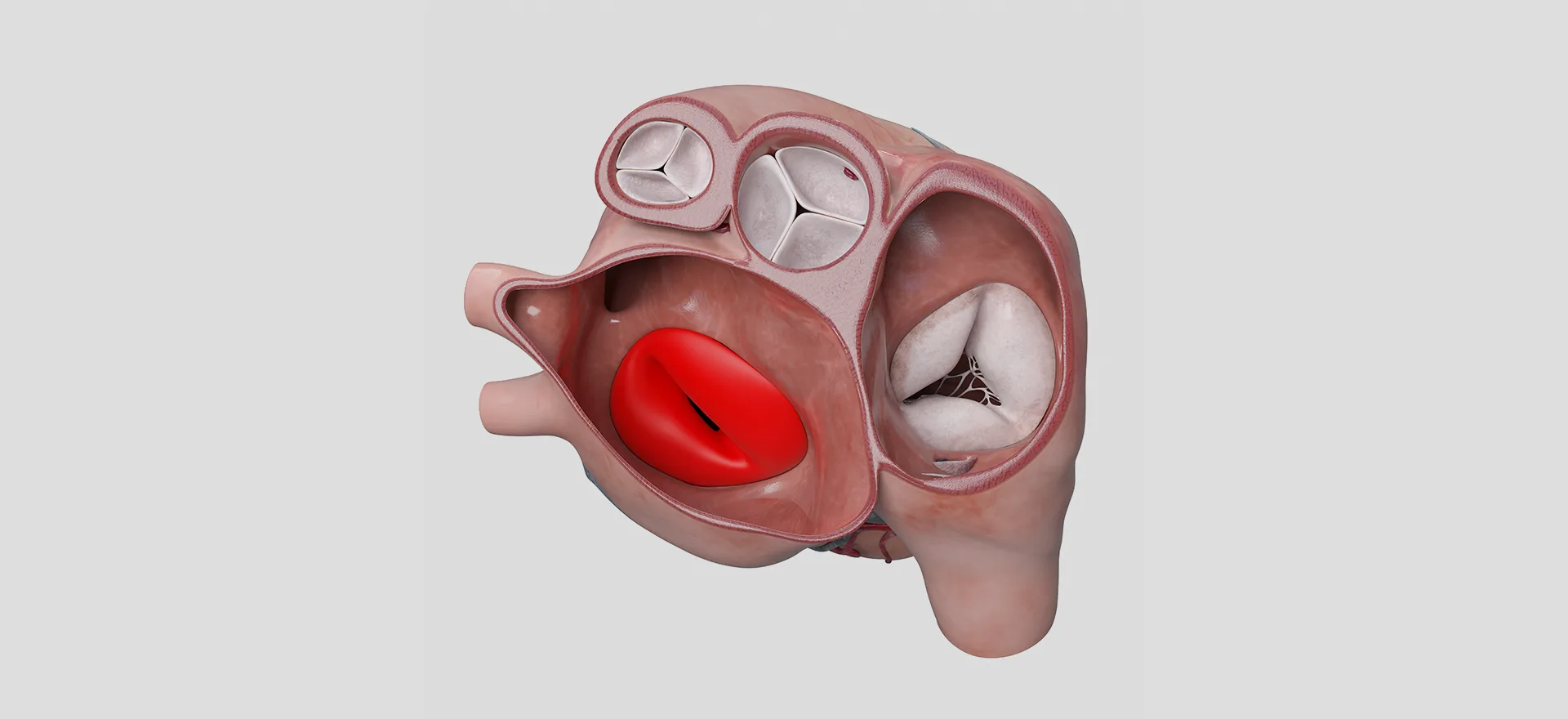What is the Mitral Valve? What is its Function?
The mitral valve, which is critical for the healthy and proper functioning of the heart, is a valve located between the left atrium and left ventricle of the heart. One of the heart’s four main valves, the mitral valve controls the passage of blood from the left atrium to the left ventricle.
The mitral valve is a structure consisting of anterior (front) and posterior (back) leaflets, the annular ring to which the leaflets are attached, two papillary muscles in the left ventricle, and fibrous strands called chords that extend from these muscles and hold the leaflets in place during systole. We call this structure the mitral apparatus. Therefore, the mitral valve is a complex structure and is affected by abnormalities in each of these components.
Anterior Leaflet (Front Leaflet): The anterior leaflet, one of the two leaflets of the mitral valve, is the larger leaflet closer to the left ventricle. It is located closer to the inner surface of the left ventricle.
Posterior Leaflet (Rear Leaflet): The posterior leaflet, the other leaflet of the mitral valve, is the smaller leaflet and is located closer to the inner surface of the left atrium.
Chordae tendineae: There are three types of chordae tendineae: primary, secondary, and tertiary chordae tendineae. These prevent the leaflets from prolapsing into the left atrium during systole and prevent the valves from leaking blood backwards.
Papillary muscles: There are two papillary muscles, the anterolateral and posteromedial papillary muscles, and the chordae tendineae connect the mitral leaflets to these muscles.
Anulus: This is the fibrous ring to which the mitral leaflets are attached.
The blood that forces the leaflets open flows from the left atrium to the left ventricle as the leaflets open. As the left ventricle contracts to pump blood to the body, the mitral valve closes, preventing blood from leaking back through the valve. This creates the pressure required for the left ventricle to pump blood to the body.
There are many pathologies that affect the mitral valve. Depending on the type of pathology, either insufficiency or stenosis occurs in the valve. Or both stenosis and insufficiency may occur simultaneously. These pathologies include:
Rheumatic carditis
Degenerative diseases
Autoimmune diseases
Rheumatic diseases
Congenital heart valve disorders
Mitral valve diseases secondary to heart attack
Endocarditis
Disorders affecting the mitral valve can lead to various problems by preventing the heart from performing its systolic function properly. The mitral valve, which prevents the backflow of blood into the left ventricle and ensures the regular functioning of the heart and the flow of oxygenated blood to the body, plays a critical role in the healthy functioning of the circulatory system. If you have conditions such as mitral valve insufficiency or mitral valve stenosis, we recommend that you consult your doctor and start treatment early.



